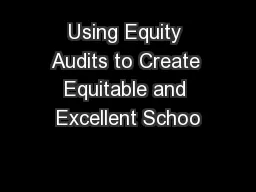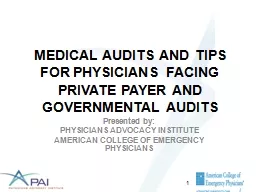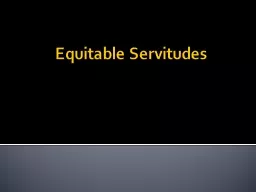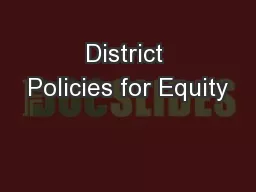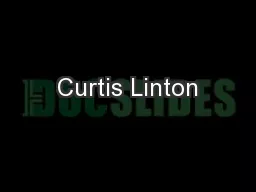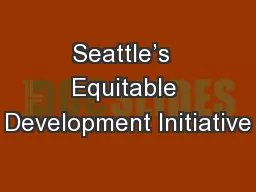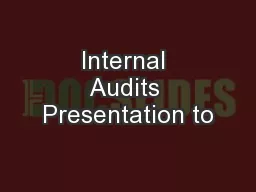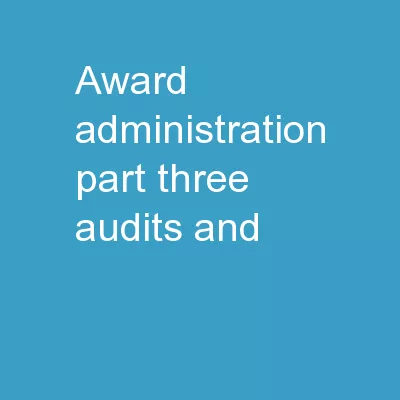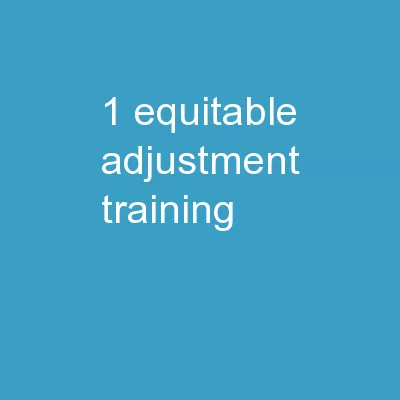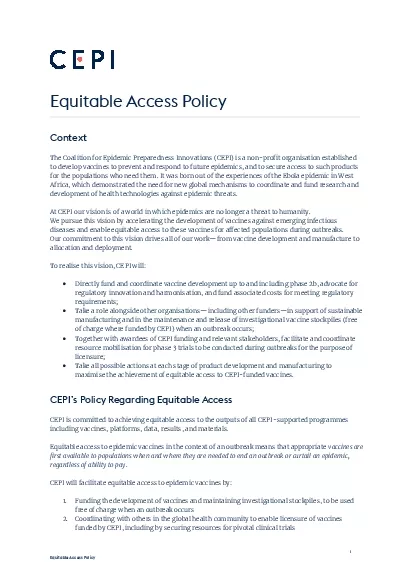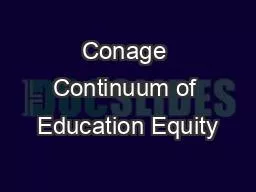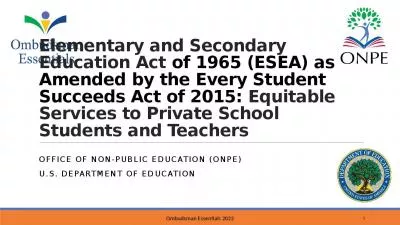PPT-Using Equity Audits to Create Equitable and Excellent Schoo
Author : ellena-manuel | Published Date : 2016-04-07
Dr Kathryn McKenzie Dr Linda Skrla Texas AampM University Outcomes At the end of this session you should understand broadly what equity audits are how they are used
Presentation Embed Code
Download Presentation
Download Presentation The PPT/PDF document "Using Equity Audits to Create Equitable ..." is the property of its rightful owner. Permission is granted to download and print the materials on this website for personal, non-commercial use only, and to display it on your personal computer provided you do not modify the materials and that you retain all copyright notices contained in the materials. By downloading content from our website, you accept the terms of this agreement.
Using Equity Audits to Create Equitable and Excellent Schoo: Transcript
Download Rules Of Document
"Using Equity Audits to Create Equitable and Excellent Schoo"The content belongs to its owner. You may download and print it for personal use, without modification, and keep all copyright notices. By downloading, you agree to these terms.
Related Documents

